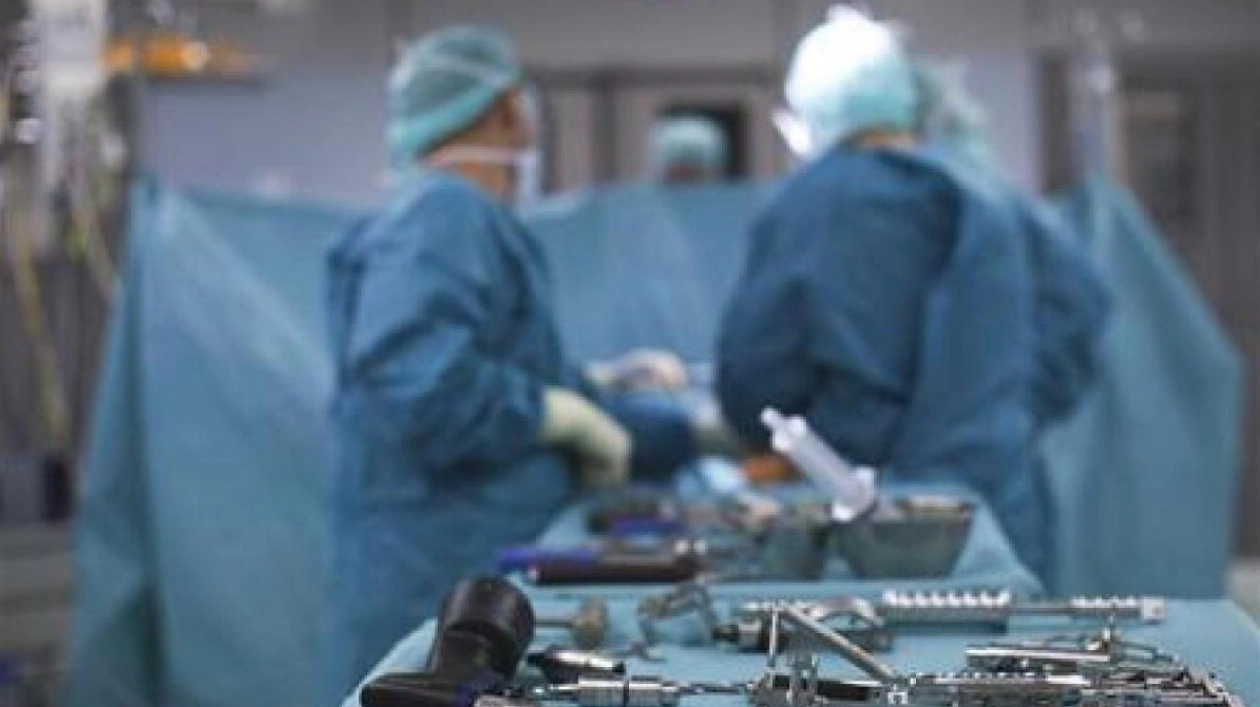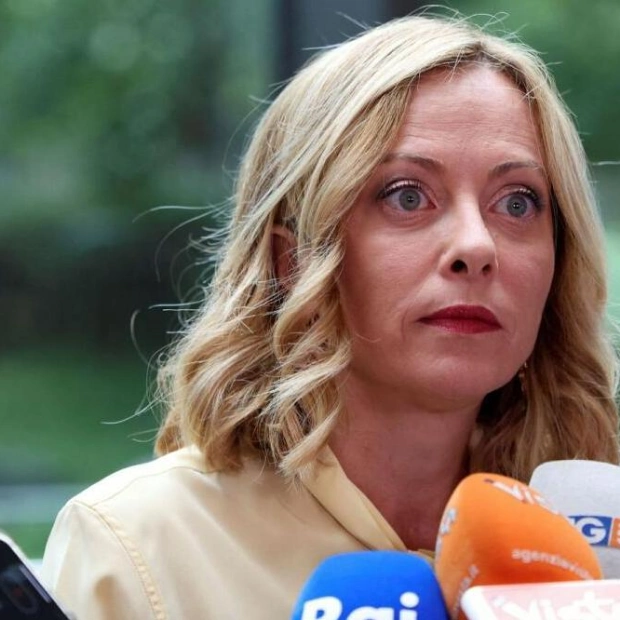In an unusual medical case, doctors recently found an exceptionally large uterine fibroid in the womb of 32-year-old Sudanese patient, Dalia Elgamil. The fibroid, a myoma, measured 20 cm by 11 cm and weighed around 1.8kg, resembling the size and shape of a seven-month-old fetus. This presented a significant challenge for its removal via minimally invasive laparoscopic surgery.
In early 2023, Dalia sought a healing massage, where the therapist detected an unusual hardness in her abdomen. "The therapist noted it felt firm and unlike typical bloating or weight gain. Concerned, I consulted my gynecologist, who ordered both internal and external ultrasounds. The results confirmed uterine fibroids, though I had no symptoms at the time," Dalia recounted. Despite being advised that the fibroids necessitated open surgery due to their size, Dalia delayed further medical consultation due to fear and conflicting thoughts. However, she soon began experiencing severe bladder pressure, frequent urination, heavy menstrual bleeding, and abdominal hardening. Her fear that the fibroid could affect her chances of conceiving after her upcoming marriage prompted another visit to the doctor.
The doctor's ultrasound confirmed the fibroids had grown, necessitating immediate surgery. Concerned about potential scarring and prolonged recovery, Dalia consulted multiple doctors across the UAE and even sought opinions from specialists in Saudi Arabia, all of whom recommended open surgery. She was then referred to Professor Dr Mohamed Zayed, a consultant in obstetrics and gynecology specializing in advanced laparoscopic and hysteroscopic surgery, and Dr Amal Hassan Abdelaziz, consultant and head of obstetrics and gynecology at Thumbay University Hospital.
The experts opted for a procedure that removes fibroids while preserving the patient's future pregnancy prospects, performed via minimally invasive keyhole laparoscopy. A myomectomy, the surgical removal of uterine fibroids while preserving the uterus, was chosen. "After thorough investigation and collaboration among our medical and surgical experts, we decided on this complex laparoscopic myomectomy," said Dr Zayed. "During the keyhole surgery, we made three small incisions in the abdomen, inserting a laparoscope with a camera through one incision to visualize the area. Specialized instruments were used through the other incisions to carefully dissect and remove the fibroid, which had to be broken into fragments due to its size. This minimally invasive approach resulted in less pain, quicker recovery, and minimal scarring compared to traditional open surgery," Dr Zayed explained.
The surgery was successful, removing all fibroids. Dr Amal emphasized the importance of women's healthcare, stating, "After enduring pain for so long, we are pleased to say Dalia can now live normally without discomfort." She added, "Women have unique health needs requiring specialized attention. Neglecting these needs can lead to long-term health issues, including disabilities and reduced quality of life. Routine screenings, preventive care, and early detection are vital to ensuring women receive the care they need and deserve. Such cases can often be effectively managed with minimally invasive surgeries."
Post-surgery, Dalia was delighted with the change in her appearance. "The first thing I noticed was my huge belly was gone. Over the past year, everyone would look at me and ask if I was pregnant — it was quite stressful." She expressed gratitude to the medical team, saying, "It can be a lonely journey, especially because fibroids are invisible obstacles — things not immediately visible to others and don't always evoke immediate empathy. You might think, maybe it's not as bad. Maybe I don't need to talk about it as much, but for me, I knew how much I was suffering and how important it was to share my experience and give hope to everyone."






